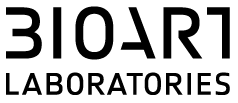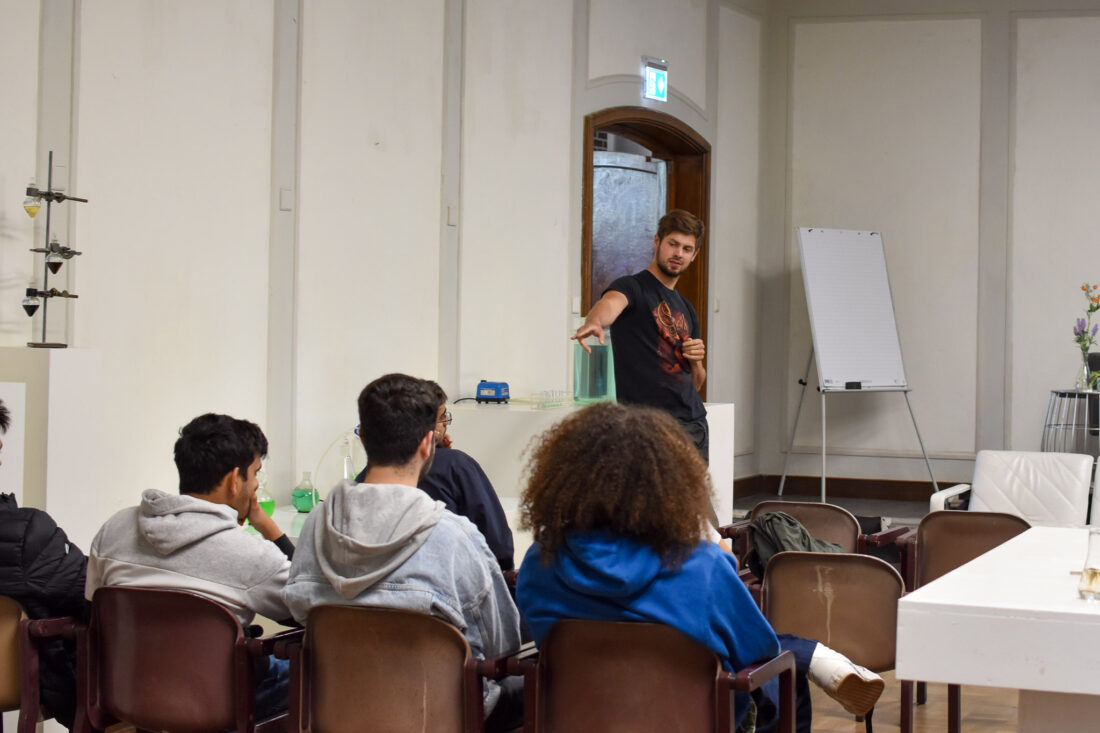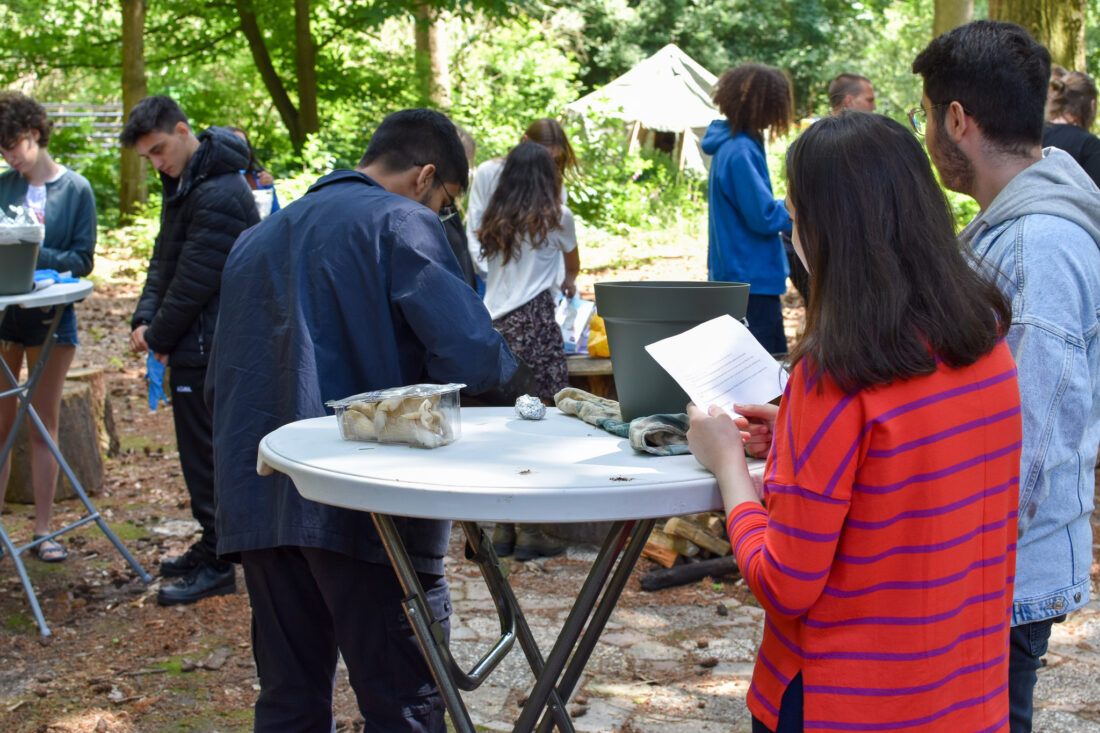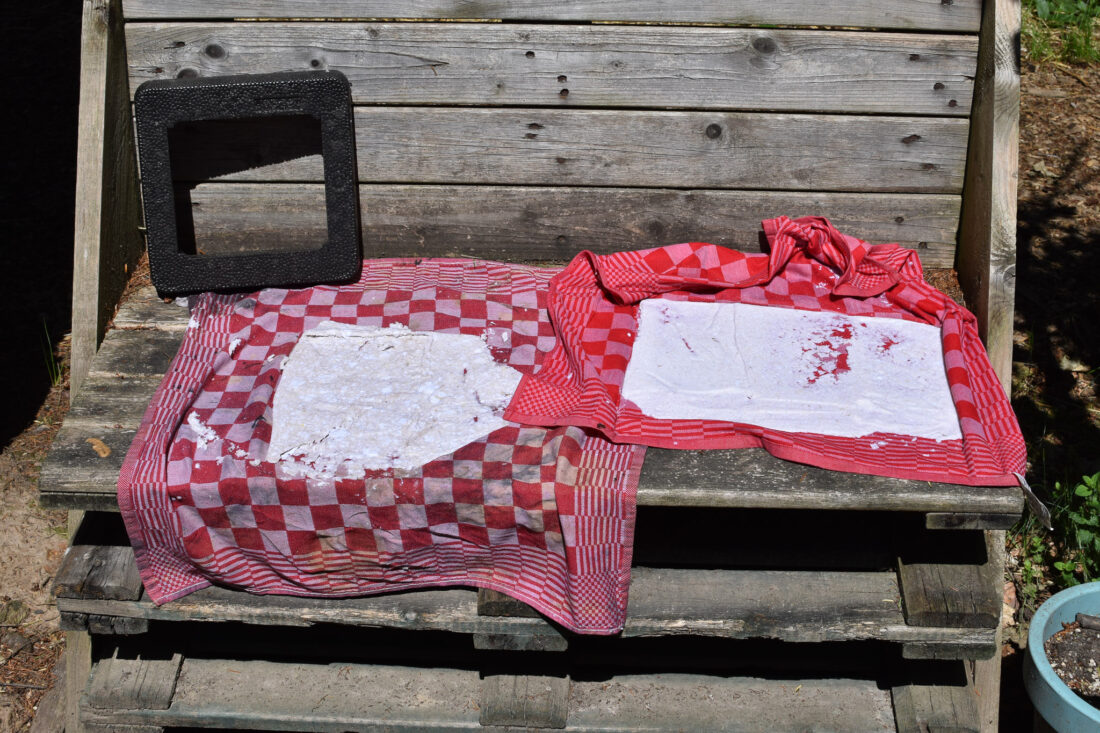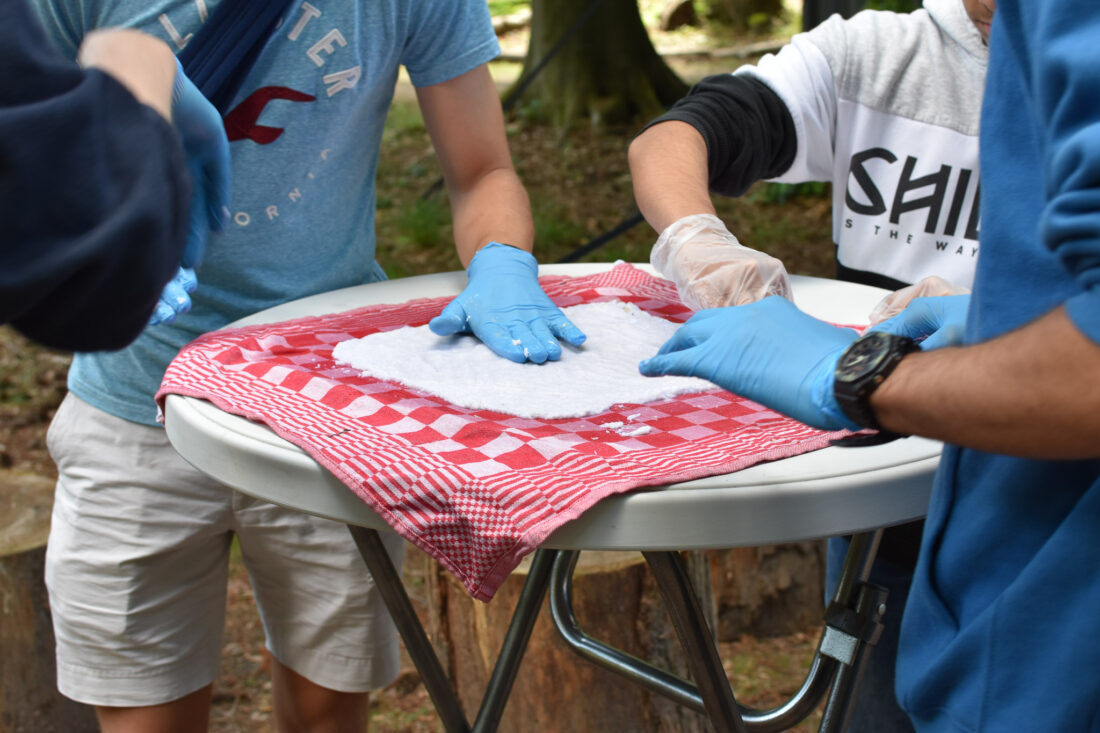Crosslab 3: parasites and paper
Crosslab is a collaboration between BioArt Laboratories and the Fontys biology teacher study programme. Teachers in training have developed 5 courses about the Symbiocene. This is workshop 3 of 5. Read about the first workshop here and find out more about the second one here.
Today, the students are discussing parasitism. Parasitism is a form of symbiosis in which two species of organisms form a relationship, which is beneficial for one party and detrimental to the other. Parasitism is a phenomenon that occurs naturally in biology, but today’s challenge is to think of examples of parasitism in other fields.
The students of the International School Eindhoven come up with some great examples, like parasitism in the music industry. Big companies thrive on the success of artists and take up most of the profits of the artist’s work.
Another group mentions taxes as a parasitic system. And while it may seem like that at first, the class agrees that in the long run taxes are more a form of mutualism, since we all benefit from government paid things like roads.
Harm and Boris explain that parasites come in many different forms. Parasitism can be found in all different kinds of systems – as the class had just proven. But even in the biological realm parasitism isn’t limited to plants and animals. “Fungi can be parasites as well” they tell the class.
They give a fascinating example of the Cordyceps fungus. This fungus takes over the movement of insects, lets them climb into a favourable environment and then erupts from the insect’s body to release its spores.
Luckily however, not all fungi are this creepy. A bunch of them are actually beneficial to us as humans. And today, the students will experience this first hand by making paper out of oyster mushrooms. They have tried to cultivate these fungi during the first workshop.
Full of anticipation, the students lift the lids from the pots in which they put the mushroom mixture. Some sounds of disgust escape from the students mouth. Unfortunately, the oyster mushrooms haven’t come up yet. Instead, there is a bunch of mycelium, which doesn’t look very appealing.
Harm and Boris have come prepared however, and also brought already harvested oyster mushrooms. The students can rip these into small pieces and mix with water and shredded paper.
It seems a little ironic to make biodegradable paper with paper, but the paper is needed for its strong fibre. The fibre in oyster mushrooms isn’t strong enough by itself, so it needs a little help. There are mushrooms with tough enough fibre, but they aren’t in season right now – so we need to make do with a little added paper.
While giggling, the students turn the mushy mixture into a sheet by using a rolling pin. Once flattened and somewhat dry, it’s time to put the mushroom paper to rest so that it can dry completely. Who knows, maybe at the next workshop the students can take notes on their own paper.
Date
June 15, 2022
Category
Events


